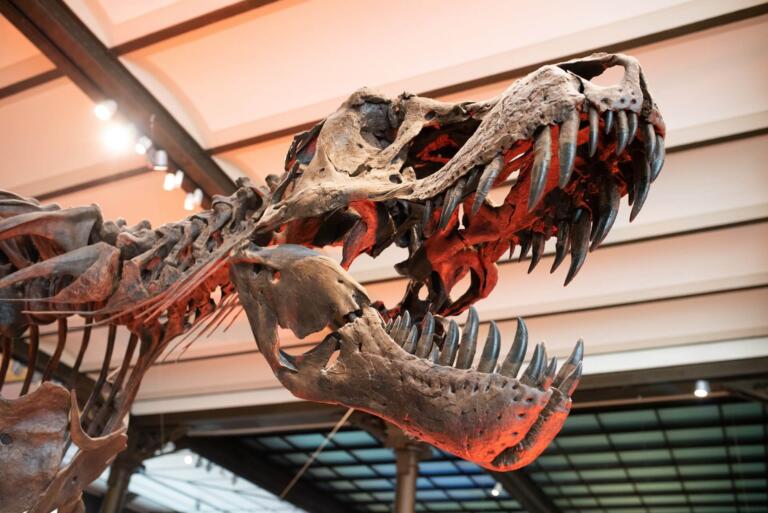Nothing seems more constant to us than time, and the space-time continuum is something we hear often and it does imply a continuation. We either have too much of it in our hands or not enough. We say time flies when you’re having fun, but we take it as just something we don’t realize, not that indeed it went by faster.
Ultimately though, time is only an illusion. It’s a construct that measures the passing of our lives while it records the history of our past. Albert Einstein became known for, among other things, deconstructing the concept of time as we knew it.
Minds from the past
Before Einstein began to even contemplate the world around him, other brilliant minds laid the foundations of physics. Issac Newton was one such person, and we all know the story of an apple falling on his head. Newton investigated physical reality and theorized the laws of physics. These laws would help interpret the movement of massive objects.
James Clerk Maxwell contributed as well, with his study on electromagnetic models to define the properties of light. As it turners out, light is very important, as an experiment from the 19th century pointed out, light travels at a constant speed. There was also the speculation that objects could change mass and size depending on speed.
The 4 dimensions
Einstein conglomerated all those theories together in his thought experiments as he observed the world. In 1905, his general theory of relativity was developed. The 3 dimensions of space needed the added factor of time along with the constant speed of light. Now we know it is referred to as the fabric of space-time. As it turns out, time is relative and its passing is affected by some particular factors, such as gravity and speed.
Space-time too is not the same everywhere in the universe, but it can be warped by matter and energy. This phenomenon is called time dilation and it comes in two forms. What this means is that time passes slower on the surface of the planet than it does in space, due to Earth’s gravitational force that bends space-time. If a person were to float in space, time would pass a lot faster for that person and so age quicker. That is called gravitational time dilation. If that same person were to be in a spacecraft that moved fast enough, time would again slow down for that person. That is called velocity time dilation.
Limits of quantum physics, expansion of imagination
All this is very hard to wrap our brains around. Scientists have a hard time coordinating the principles of space-time with quantum mechanics, which studies the properties of subatomic particles. One can also pose other questions regarding time dilation. Lower gravity, like that from Mars, might affect potential future colonists from Earth. Would the speed they have going to Mars, be enough to slow down time for them so as not to experience a huge delay due to time dilation.
The concept of space-time is now so engrained in the collective mind, that it has often been used as a story-telling device. Books and movies portraying time travel or space exploration take some real-life theoretical hypotheses. They applied them in the context of human behavior. Some of the most famous include The Time Machine by H.G. Wells, which predates Einstein’s theory of relativity, and Interstellar. Though Wells’s story leans into science fiction more than science fact, with the number of facts that were available in 1895.
Interstellar is a more fact-based story as it tries to showcase the relativistic effects of human interstellar travel. Thinking back on Mars, in Interstellar, the characters arrive at a planet near a black hole. The gravity pull slows time so much that many years pass on Earth while only an hour passes on the planet near the black hole.
Trying to grasp the secrets and mysteries of the Cosmos is a monumental undertaking. Scientists and researchers are exploring the many possibilities and risks of space travel. They are often confronted with more questions than answers. They are slowly figuring out the puzzle, as well as developing the pieces for it.



Leave a Comment